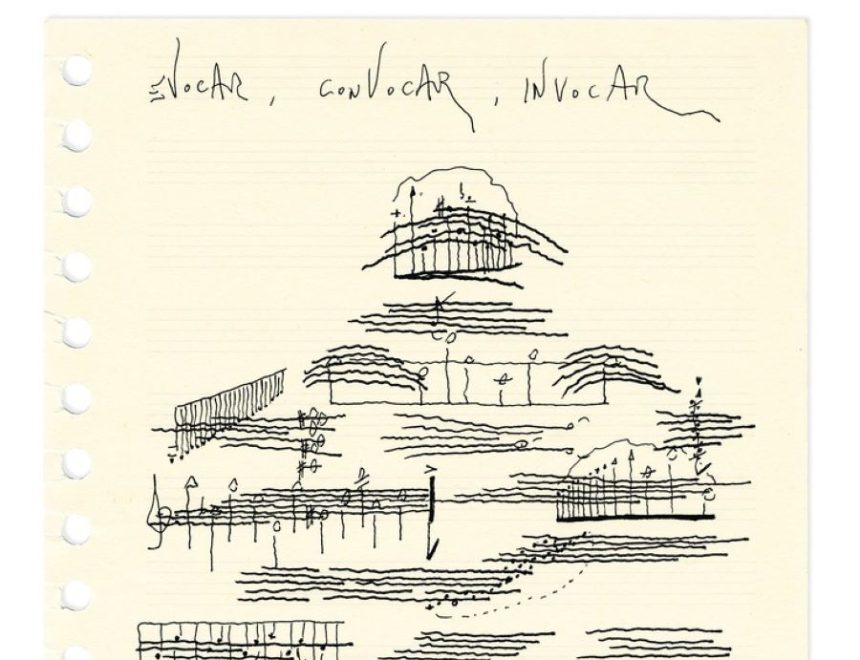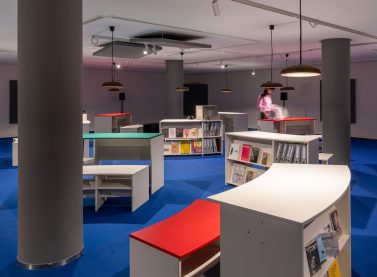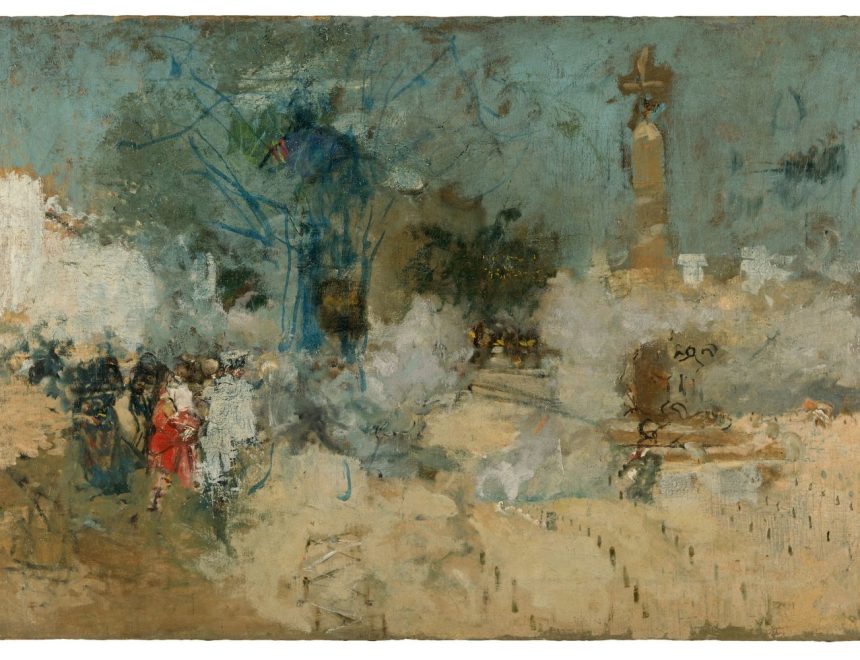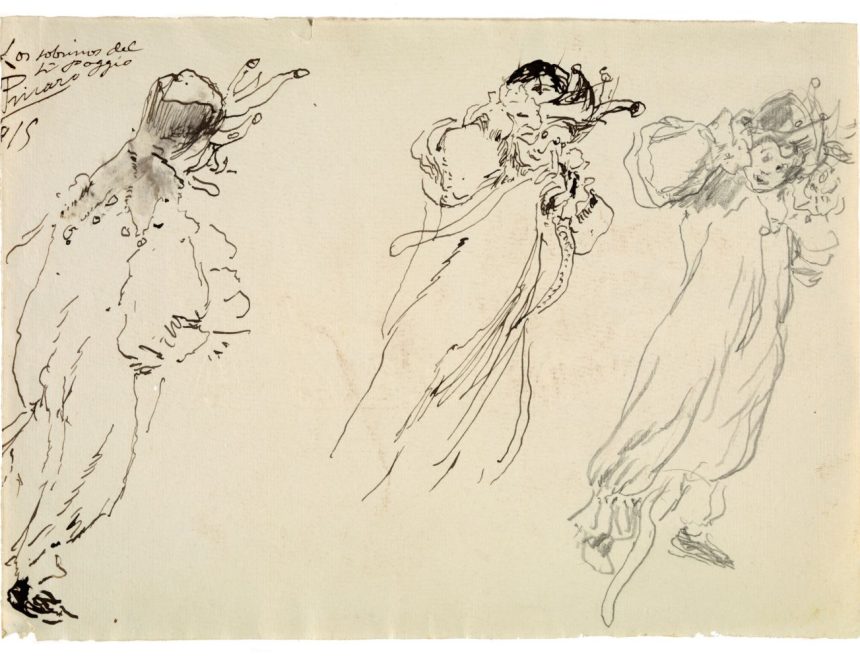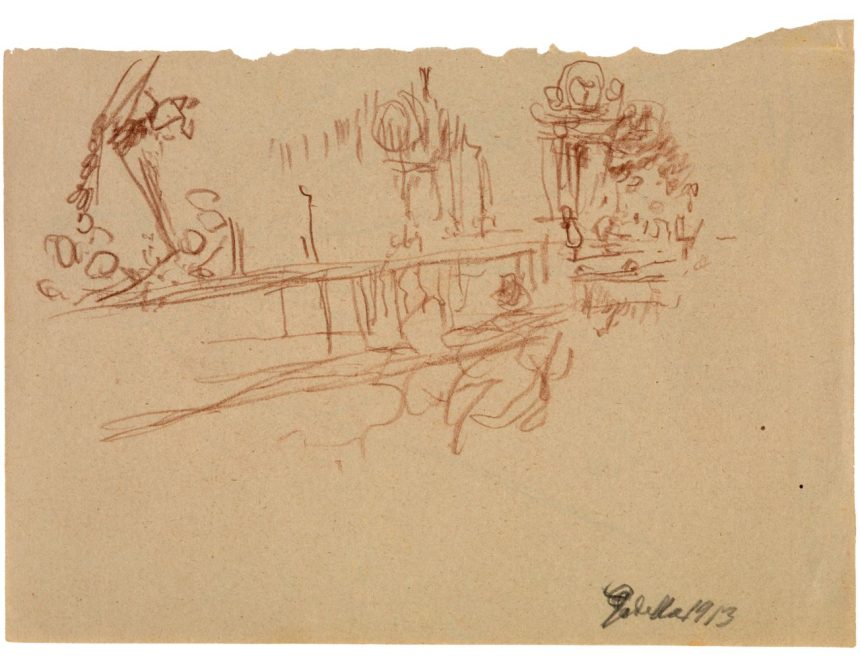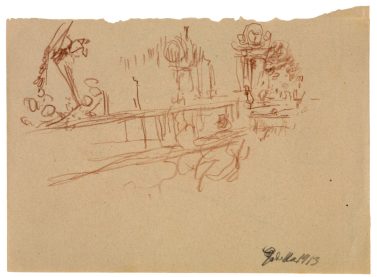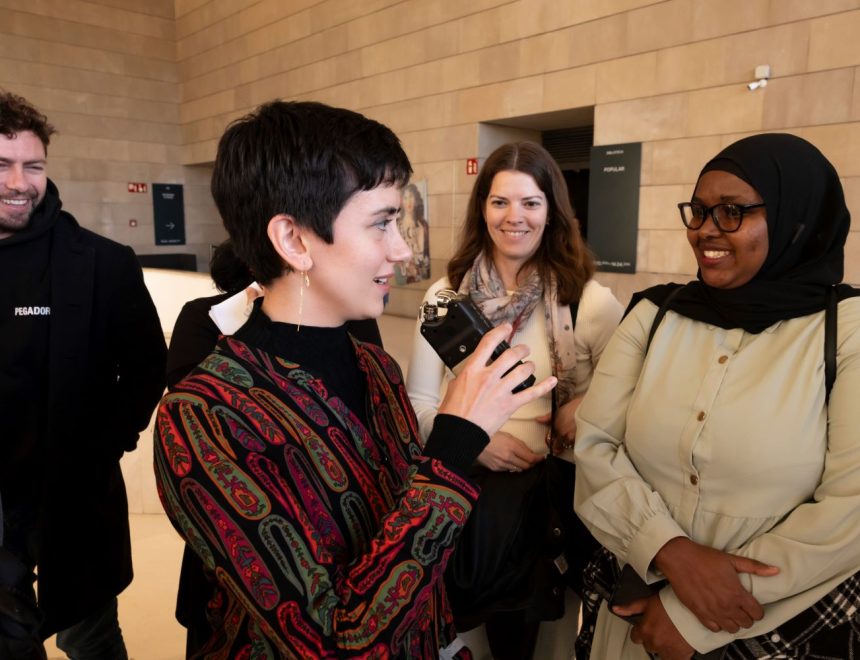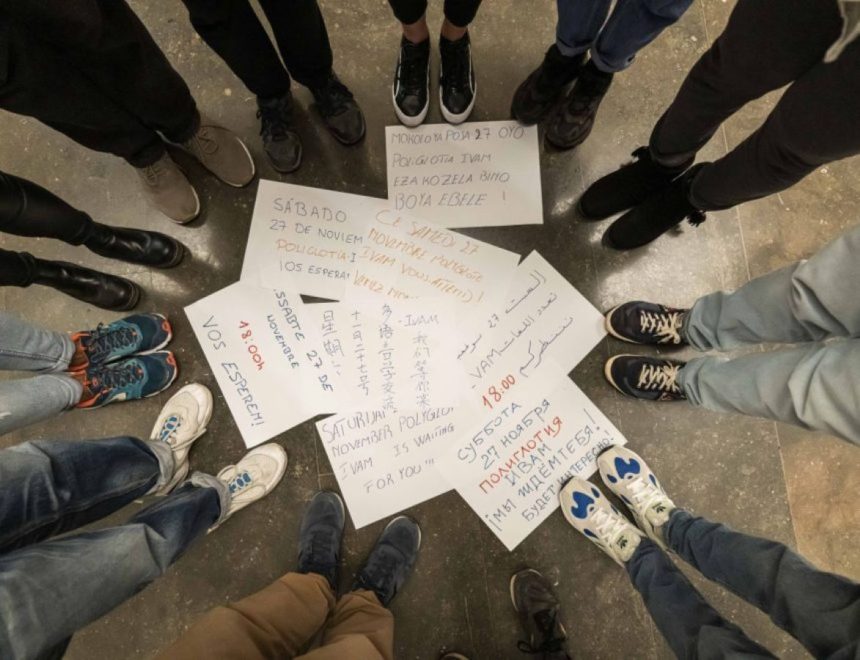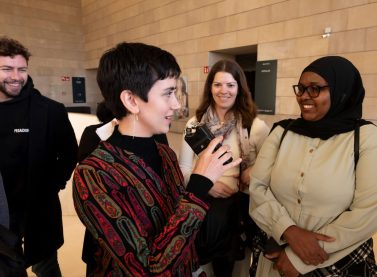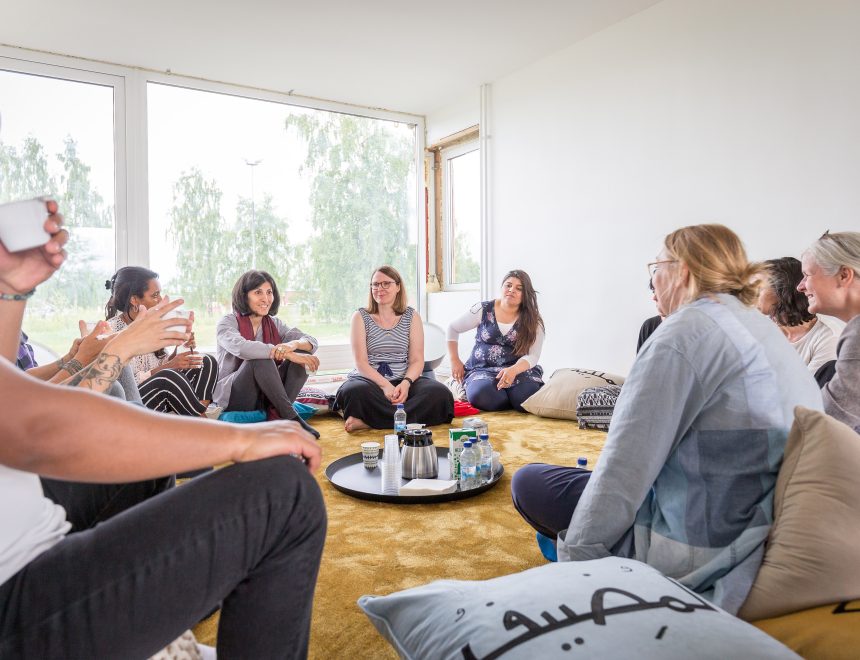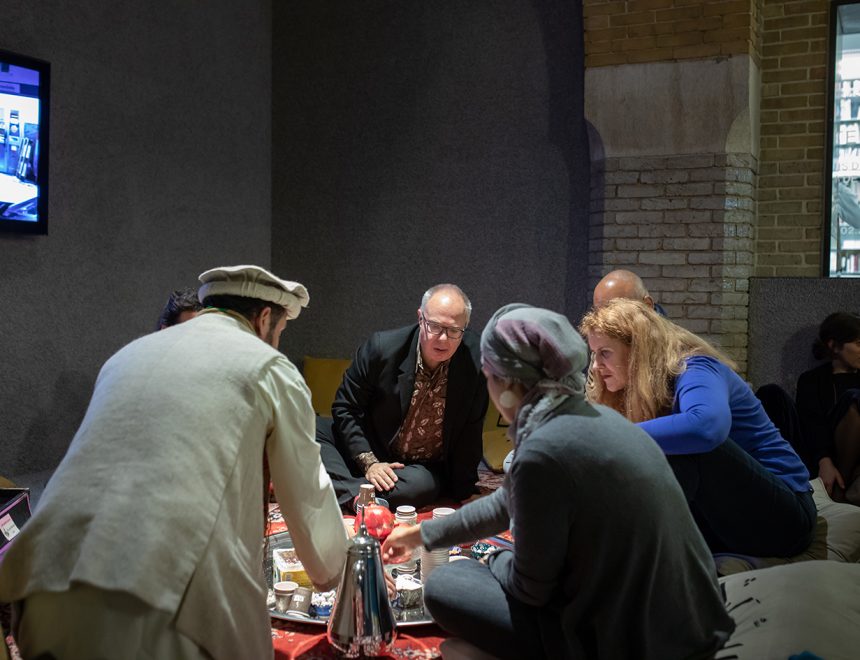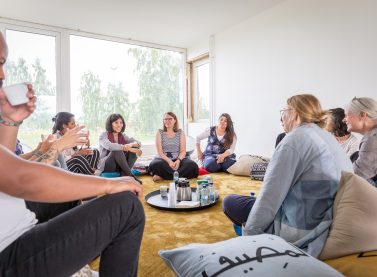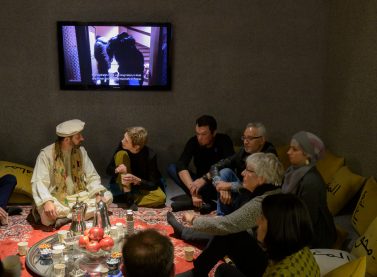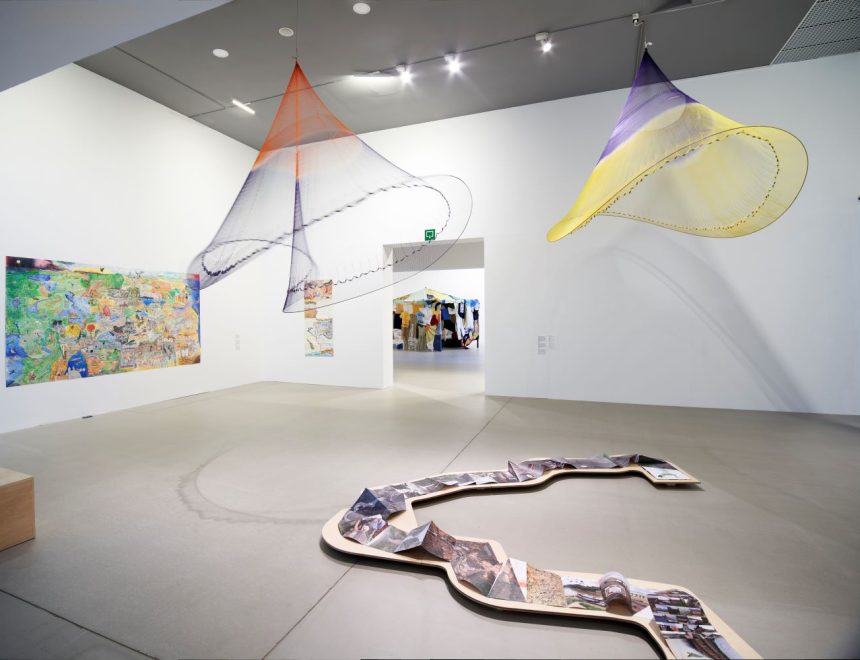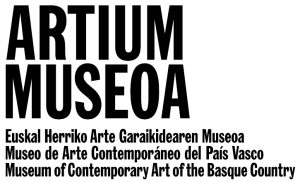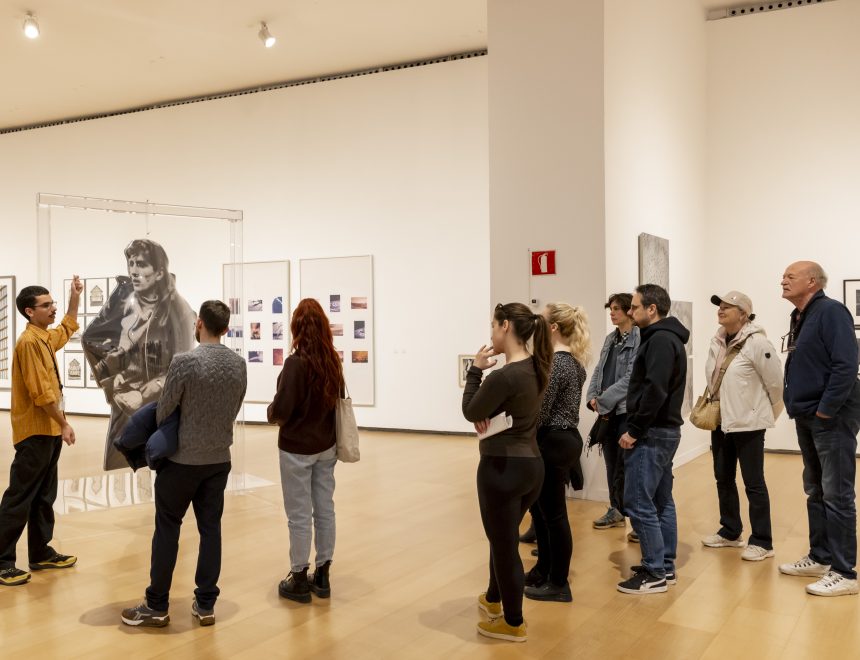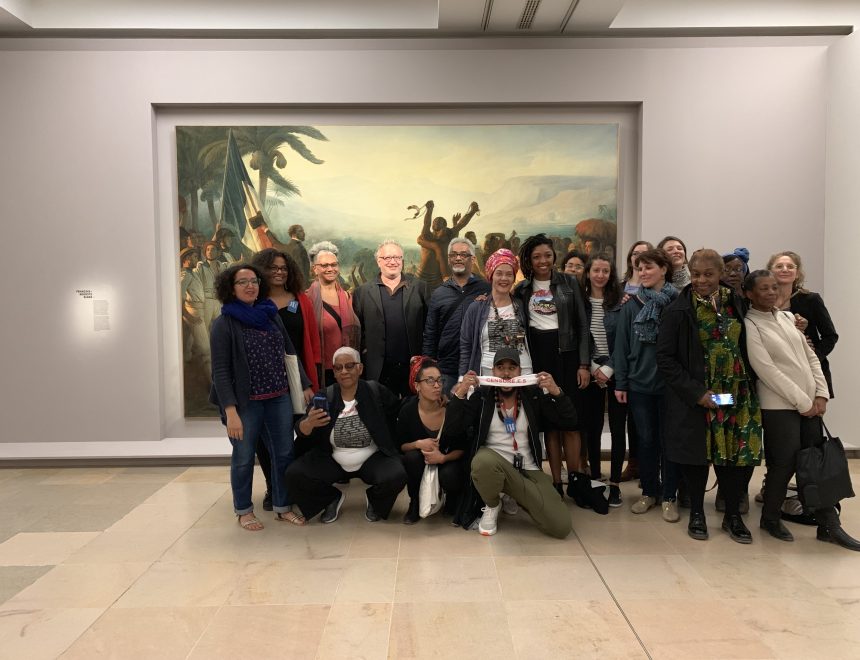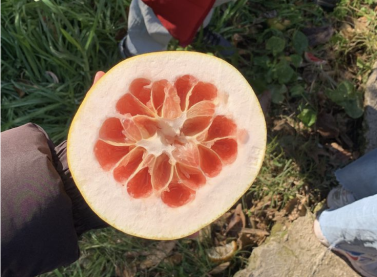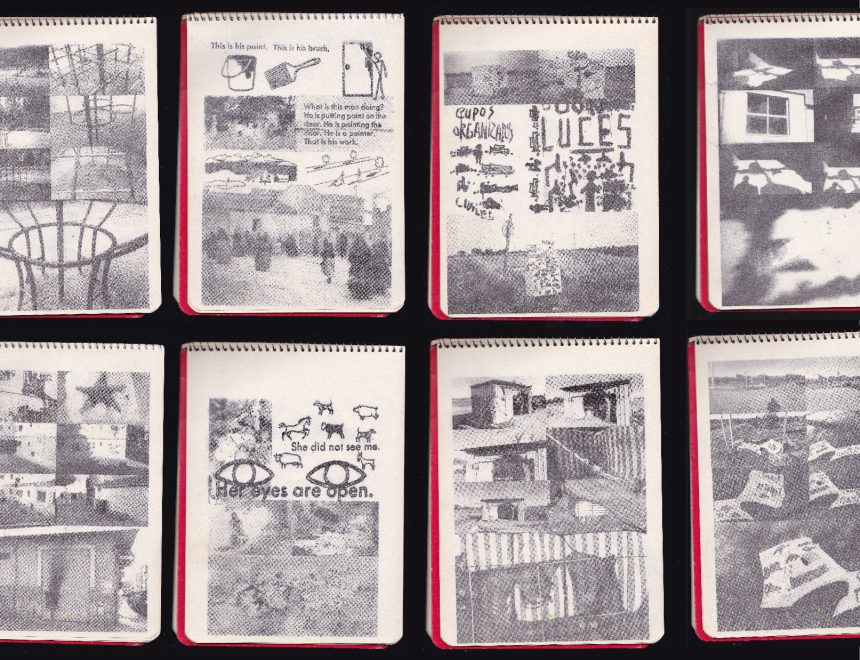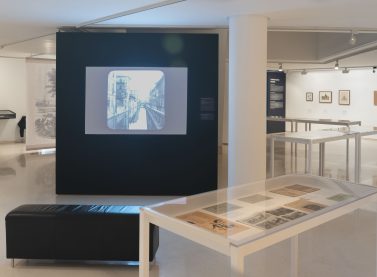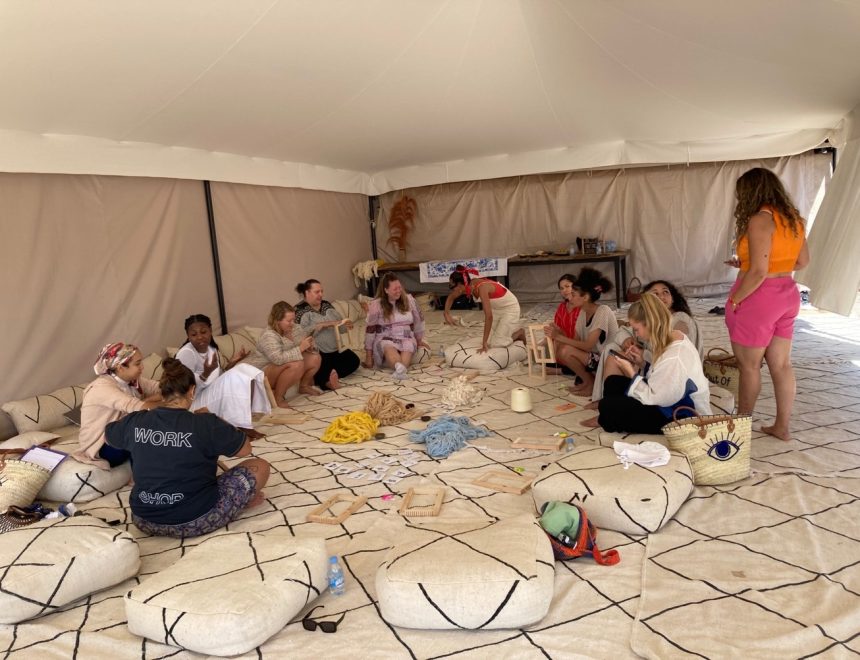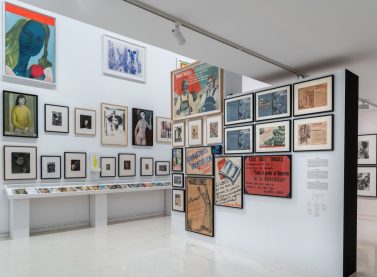Within the framework of the Llorenç Barber exhibition. Listening file. #IVAM35
Within the framework of the Llorenç Barber exhibition. Listening Archive, we organize this day, curated by Lorenzo Sandoval and Montserrat Palacios, which reviews and updates the artist’s work.
Barber’s work is a continuous summoning of the relationships of the living. The title of this lecture session is taken, first of all, from one of his original city concerts, which refers to an inscription present on a bell. The second part comes from one of his pieces: Ex Humiitas Sonus. Obice sonata for waters and flute(s) (1978) Both indicate the importance of the notion of ecosystem in Llorenç Barber’s practice.
Both the city and the outdoors are active agents in the practice of this unique musician and artist, who understands spaces not as backgrounds on which to act, but as elements that participate in the acoustic production of his proposals. The conferences by Carmen Pardo and Siegfried Zielinski offer us various entry points into the artist’s work, from ecology and city music.
PROGRAM
6:00 p.m. – About the city as a music box, instrument and open space-time machine. Siegfried Zielinski
7:00 p.m. – In the sound of the water… the pleasure of listening. The sound ecology of Llorenç Barber. Carmen Pardo Salgado
